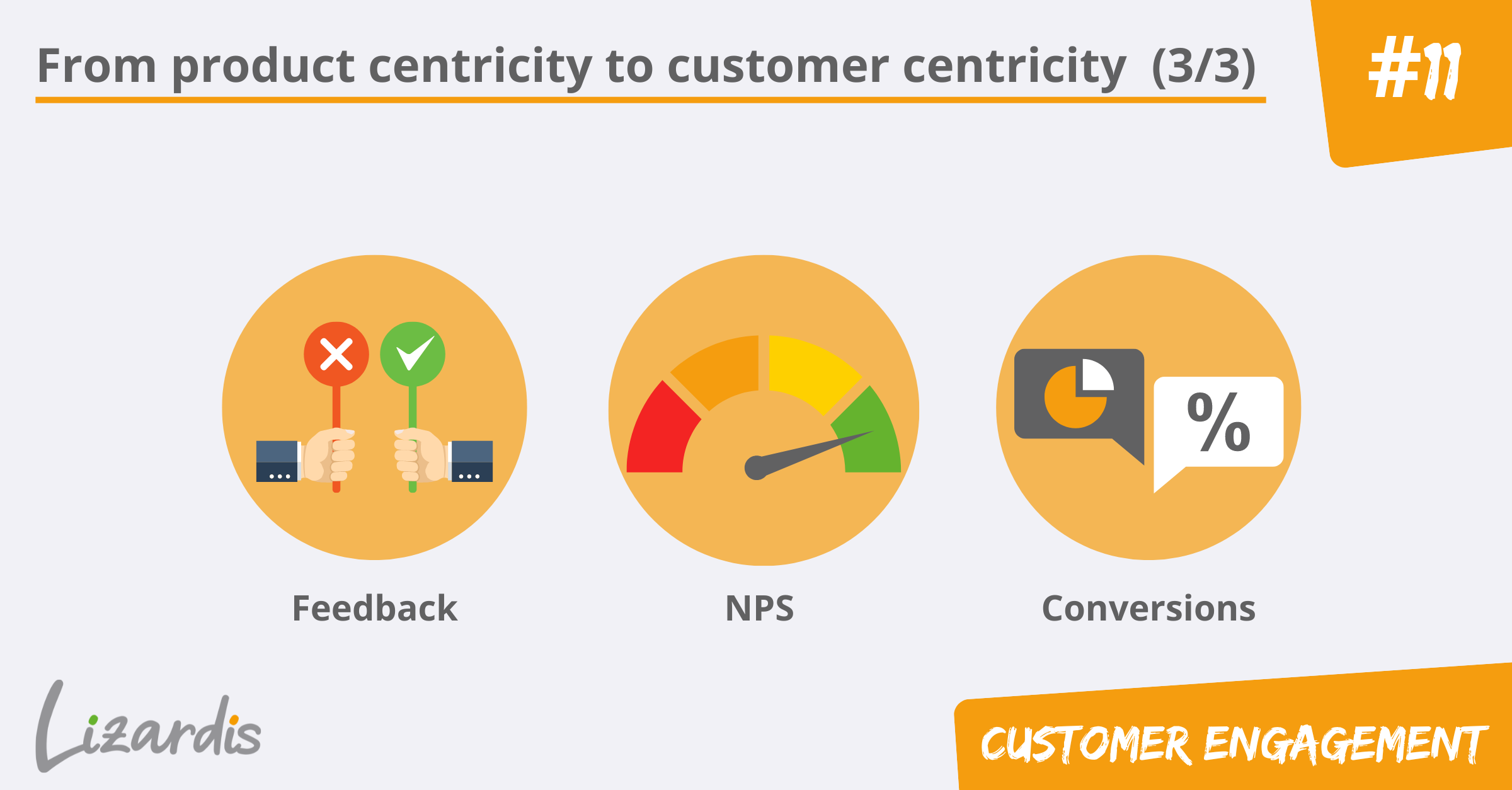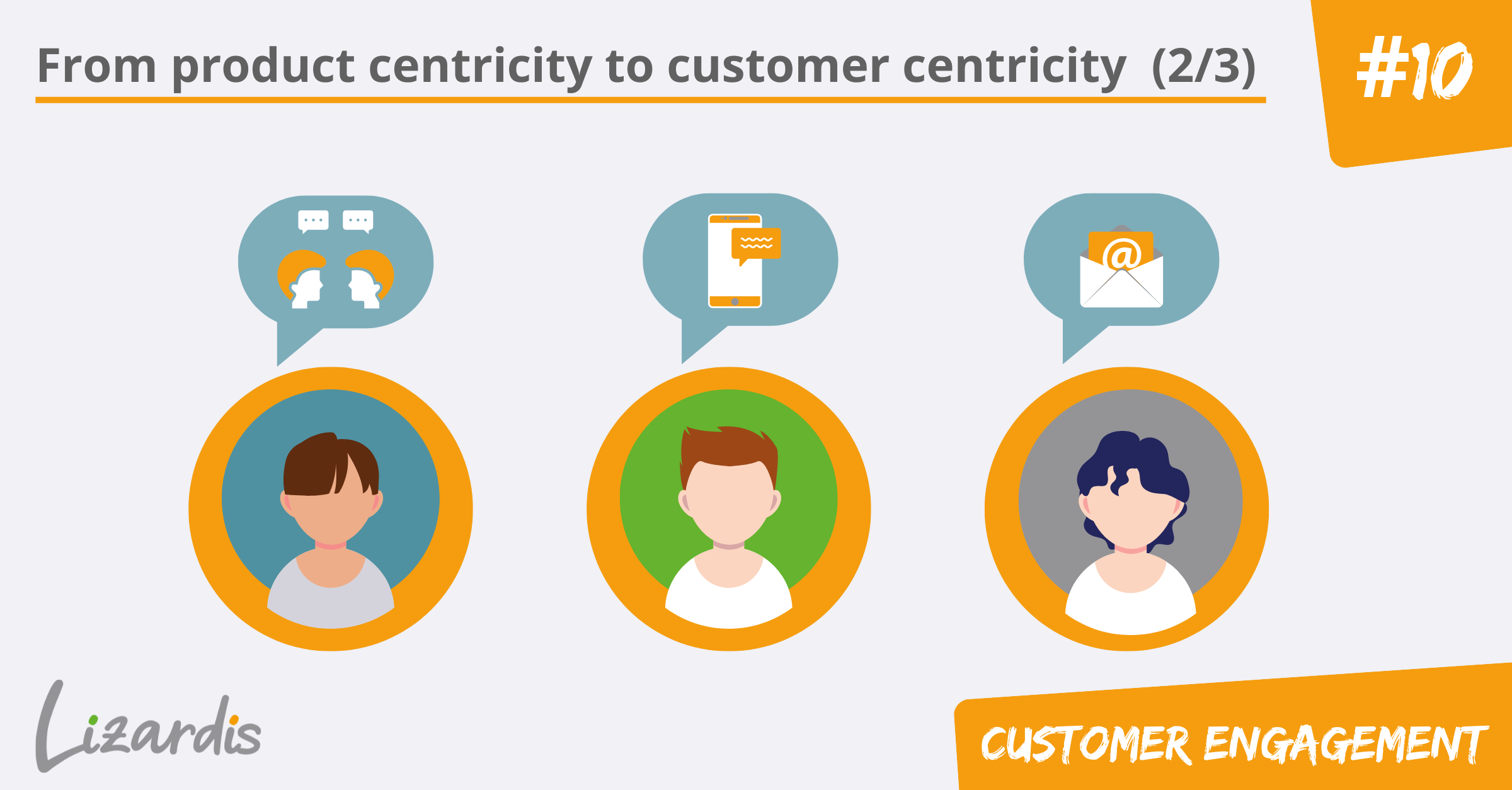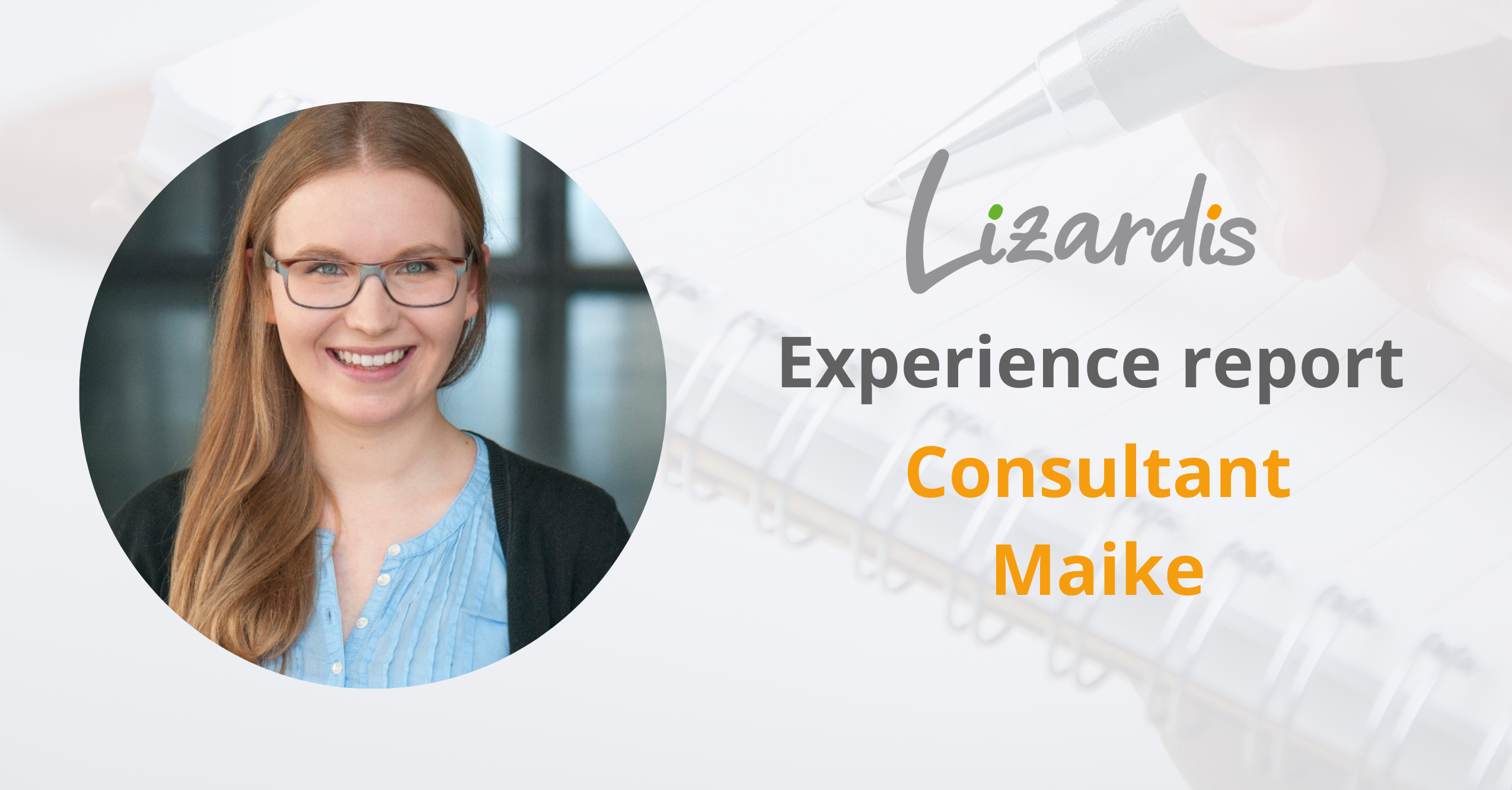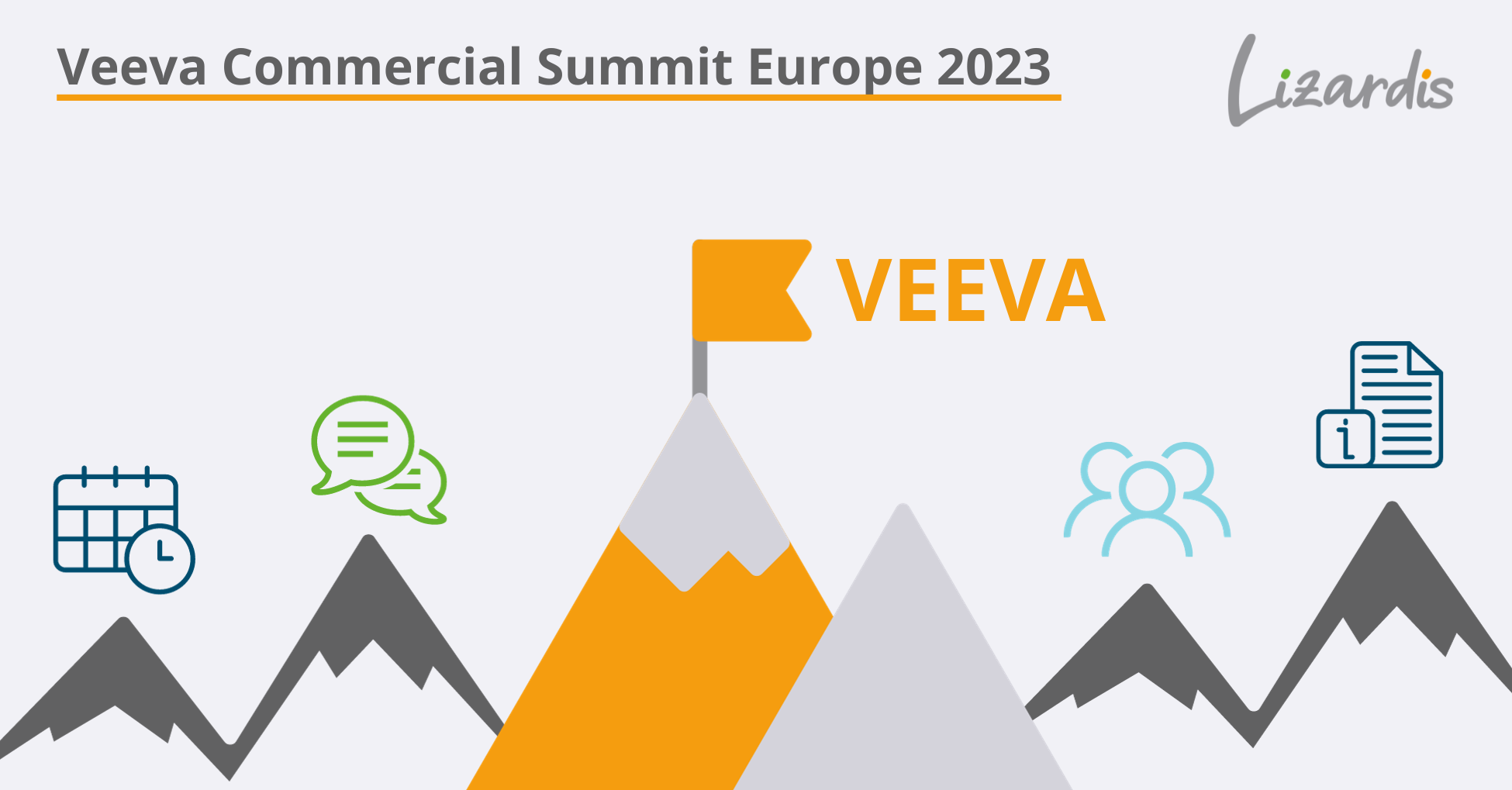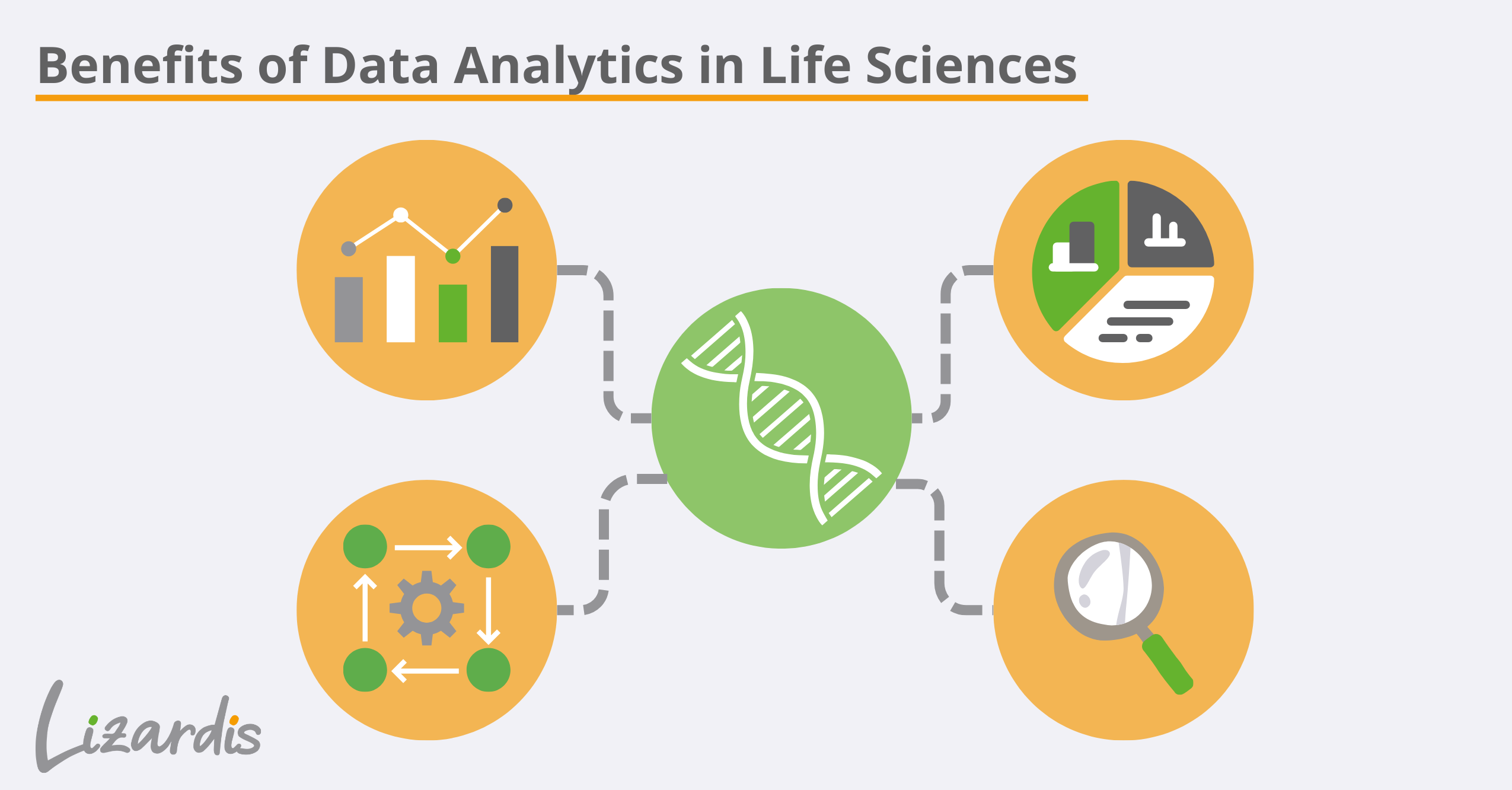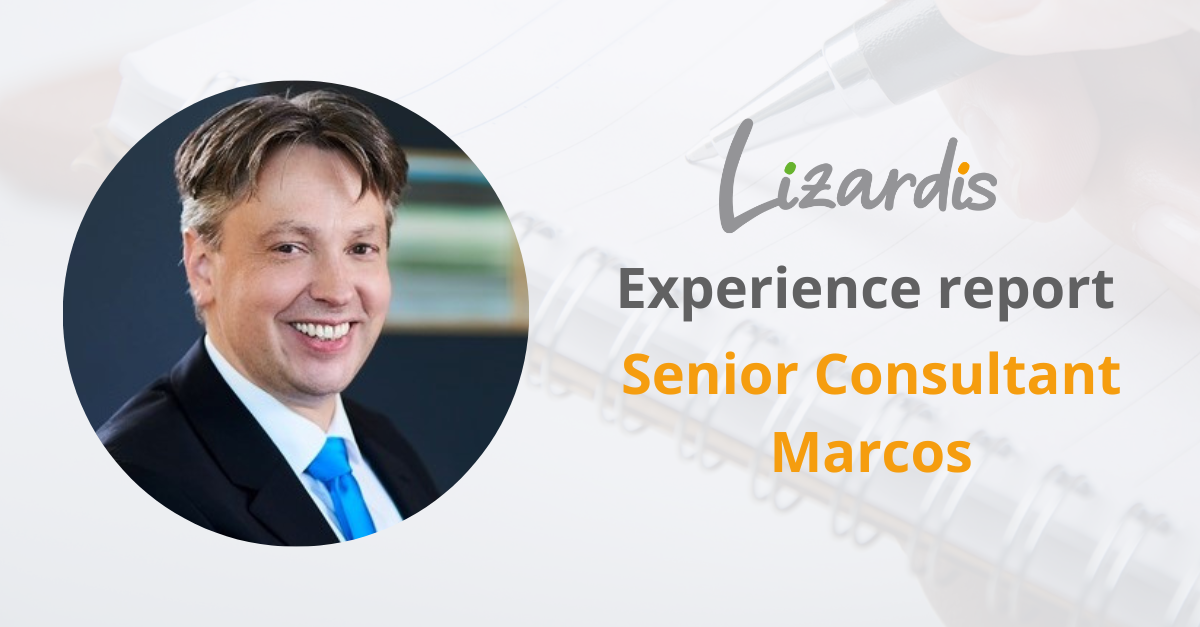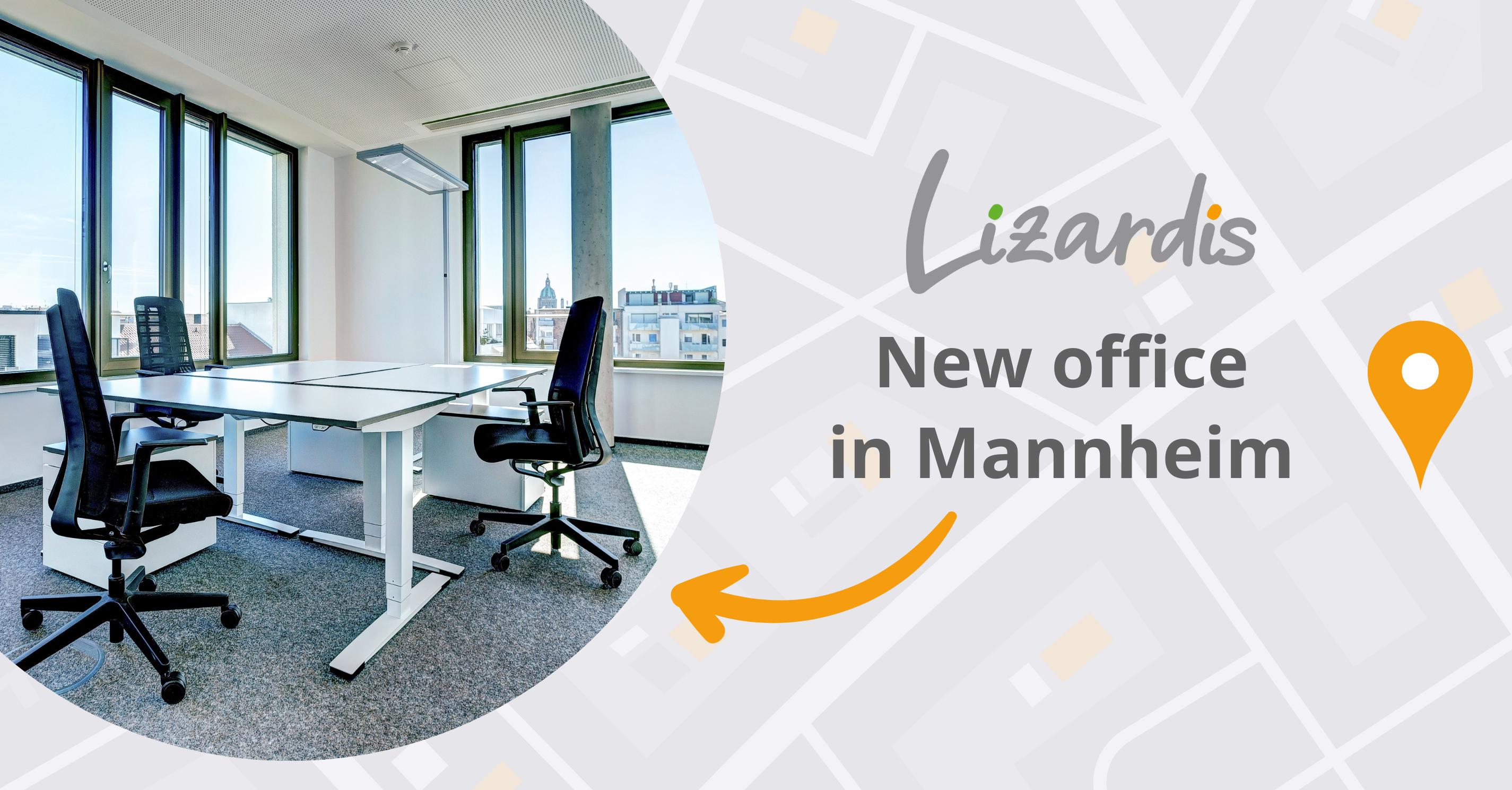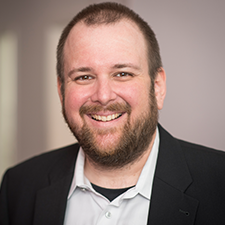Hannover, November 7 2023
In this blog series, we provide initial insights into the tasks of our employees, take you into our day-to-day business and interview our colleagues about their work with us.
In this experience report, our colleague Marcos talks about his experiences as a Senior Consultant Customer Engagement at Lizardis.

Q: Marcos, you’ve been part of us for a year now. Tell us, how have you been since then?
A: On November 01, 2022, I started working here at Lizardis in Hanover as a Senior Consultant in the Customer Engagement team, and I have to say that the year has turned out differently, in fact even more positively than I had hoped.
Q: What were your expectations when you started the job?
A: In my new position, I wanted to continue to work as a service provider for companies in the life sciences industry and let customers benefit from my experience with CRM systems, specifically Veeva CRM and BI solutions. The conversations that led to me signing a contract with Lizardis gave me the expectation that I would be able to do this. And that is indeed the case.
Q: And how is it that the development has been even more positive than hoped?
A: Because I not only advise customers, i.e. I do project work, but I can also design the entire sales process, all the way through to invoicing. This means that our customers only have one contact person at our company, and they don’t need to communicate with different people with various levels of knowledge at their contractual partner.
As the single point of contact for the customer, I am also responsible for identifying, evaluating, and pursuing the business potential. Although I coordinate internally, I have considerable autonomy to make decisions.
Q: That sounds good. I want to talk about the project work you mentioned. But before we do that, I would like to know if there is any other kind of work you are doing with us.
A: Yes, that is indeed the case, and this brings us to something I had not expected.
Q: Please tell me more. What do you mean by that exactly?
A: On the one hand, I support our marketing team in getting the Lizardis brand out there. This means researching different topics around customer engagement and then developing and publishing meaningful articles for LinkedIn that build on each other in terms of content.
I also develop content for our company presentation to ensure that our services are outlined as clearly as possible so that a client can easily understand our particular approach to a pro
Q: And on the other hand?
A: On the other hand, I am responsible for introducing a learn management system in our company. We would like to give more structure to our colleagues’ individual learning paths. In addition to implementing the system, I will also be responsible for developing content myself, as well as integrating content developed by other teams into the system, creating courses and assigning them to individuals.
Q: What kind of content will you create?
A: I am responsible for ensuring that new colleagues receive onboarding to the life sciences and pharmaceutical industry. This industry has its own special features, its own “language” and rules. As we have focussed primarily on the life sciences industry, all team members working on projects should have the relevant knowledge of life sciences field.
To this end, I have developed a multi-day course consisting of various modules, which can be completed in person or remotely as required, and in future also as a video.
Q: That’s right, I’ve already had the first part of this onboarding programme. It was very helpful for my work and I really enjoyed it. Could you describe what you mean by project work? What exactly do you do for our customers?
A: Of course, this varies depending on the customer and the assignment. In general, it can range from consulting services to classic project management and training services.
Q: Can you be more specific? Why don’t you describe an example of the project you are currently working on?
A: With pleasure. In my current project, I am responsible for the support of some existing dashboards and the development of two new dashboards in their reporting solution on behalf of the customer, a large pharmaceutical company.
Q: And what does that mean?
A: Let’s take the example of a dashboard that is to be newly developed. I take all the requirements from the business on the topic and write them down. In this context, I then notice some points that may not have been described precisely enough, i.e., where a developer either doesn’t know exactly what is required or where there is some space for interpretation. This should be avoided as far as possible.
Q: Ok, and what happens next?
A: Once the requirements for a so-called MVP, i.e. a minimum viable product for version 1.0, are complete, for example, I implement them in a mock-up. This means that I visualise the dashboard in its individual elements to create a working basis that serves as a guide for everyone involved.
Q: How can I visualise this?
A: Well, I show where individual elements should be positioned. For example, where should the end user be offered filters? What should they be able to filter on? Which key figures should be displayed, possibly supplemented by the formula for their calculation. And finally, how should the filtered results be displayed? Is a simple table with meaningful columns sufficient or should different types of diagrams be developed instead or in addition?
As a result, the end user should be able to use the dashboard to gain an initial overview and then obtain further detailed information on specific questions.
Q: What is the next step then?
A: Of course, the mock-up for a new dashboard can only be realised if the relevant data is available in the data warehouse and is available for the reporting solution. If this is the case, the data model is developed first and then the visualisation.
In the course of developing the visualisation, the authorisation concept is also set up, i.e. it is decided who in the organisation is allowed to see which data. This must then be tested and improved before the dashboard can be rolled out. This means that the end users must be informed and, if necessary, trained.
Finally, it must be ensured that all steps have been documented accordingly.
Q: And do you do all these steps on your own?
A: Partly. I coordinate the steps involved in developing the dashboard and liaise closely with the developer and the business contacts. I therefore fulfil an interface function.
A major challenge in such projects is regularly that the business and the development team speak different “languages”. This generally refers to the understanding that each individual has of certain things. As a contact person from the business, I am usually only interested in the results and generally don’t know what the technical requirements are, e.g. in a data warehouse, what data is actually available and how it can be made accessible?
On the other hand, as the developer of the dashboard, I regularly do not realise why the requested data is of interest to the business or against what background the corresponding questions arise that are to be answered with data. My role therefore requires background knowledge from the business on the one hand and an understanding of technical contexts and processes on the other. I have both, but I always learn something new in every project.
Q: From your introduction to the team, I know that you have been working on projects for and in the life sciences industry for over 17 years. Surely you have enough experience with this. What example can you give where you have learnt something new?
A: It may sound banal, but in every project I always find confirmation that it is important to ask questions and listen carefully, as this is the only way I can develop the answers that help the customer. As a junior consultant, I may not know what to ask the customer or I may not have the courage to ask. As a senior consultant with so many projects, however, I always run the risk of asking too few questions because I think I already know the answer or because I think the customer expects me to already know “that”. I’ve learnt that there’s always a risk of falling into this trap and I learn it again and again in every project.
Q: Okay. You said that you only take on some of the tasks. You described the coordination part. Are there also tasks that you take on completely as part of your role? What are they?
A: I take on at least part of the testing and ensure that errors or inaccuracies are addressed and rectified. I am responsible for handing over to the end users and carrying out the necessary training, as well as documenting the steps that I have carried out myself.
Q: How big is the team you work with at the customer?
A: Strictly speaking, I work with several teams. In addition to the people responsible for individual dashboards, to which I belong, there is the team of developers, the data warehouse team, some colleagues from support, a scrum master, so in total about 12-14 people.
Q: Do you also work together with colleagues from our team?
A: Yes. The structure for the data model on which the new dashboard is based was developed by Andreas, our Managing Director, and Mats, a Consulting colleague. However, I am mainly on my own in the day-to-day dialogue with the customer teams.
Q: So you could say that you have to communicate a lot. Is that correct?
A: Yes. Communication makes up a large part of my work, especially proactive communication. A lot of it is in English, as the teams I work with are very international. It’s important to me to always think and act one step ahead whenever possible and I always try to think outside the box, i.e. to consider points that the customer doesn’t think about or doesn’t even realise need to be considered.
Q: Great, thanks, that gave me a good overview of what you do in your customer project. You obviously enjoy your work a lot. What do you particularly like about your role here with us, in the Lizardis team?
A: I particularly like the fact that I am not limited to my role, as I have already described, but that a lot of things develop dynamically. I also like the fact that my ideas are appreciated and that I can play an active role in developments that affect our team.
Q: Are there any points that bother you?
A: One of the challenges we face is certainly managing the dialogue between us, especially our office in Hanover, and our colleagues who work from home across Germany. We are already doing a lot, but I can imagine that colleagues working from home don’t always feel optimally informed. Further training, especially for junior consultants and developers, is also a key issue. But that’s exactly what the Learn Management System I’m implementing is supposed to support, which is why I think we’re on the right track.
Q: Marcos, thank you very much for these insights and I hope that you continue to feel at home with us.
A: Thank you.
Would you like to find out more about our day-to-day work? In this article, our colleague Maike talks about her work as a Consultant for Data Insights.
You want more insights?
Check out our other blog articles!
Omnichannel-Management: From product centricity to customer centricity (3/3)
How do you measure the success of your omnichannel strategy and customer-centric approach? Learn more about possible methods for measuring omnichannel efforts.
Omnichannel-Management: From product centricity to customer centricity (2/3)
The successful implementation of omnichannel requires an organizational change away from traditional silo thinking towards customer orientation.
Experience report Mats: Consultant Data Insights
In this experience report, our consultant, Mats, provides you with an overview of his 3 years of experience as a Data Insights Consultant.
Omnichannel-Management: From product centricity to customer centricity (1/3)
Omnichannel marketing enables the shift from product centricity to customer centricity. Learn more about how it differs from other concepts.
Experience report Maike: Consultant Data Insights
In this experience report our consultant Maike gives you an overview of her work as a data insights consultant.
Unveiling the Insights: Key Takeaways on Life Science from Veeva Commercial Summit Europe 2023
Our customer engagement expert, Marcos, attended the Veeva Commercial Summit 2023 and gained exciting insights and key takeaways for life sciences.
What are the benefits of data analytics in the Life Science industry?
Data analytics is currently on everyone's lips and an integral part of many companies. However, one question quickly arises: what is the actual added value and why should Life Sciences deal with their data at all?
Experience report Marcos: Senior Consultant Customer Engagement
In this experience report, our colleague Marcos talks about his job as a Senior Consultant Customer Engagement at Lizardis.
Our new office in Mannheim
This year we had the pleasure to welcome several new colleagues to our team, and now there is even more good news: Starting from August 1, 2023, we have opened a new location at the Business Center Q7 in Mannheim.
Rep Triggered Email platforms – What is the most sensible way to integrate this channel to promote customer loyalty?
In this article, I will review the so-called Rep Triggered Emails channel. I will outline what approaches exist for this channel in the life sciences industry, what tools are used and what data can be obtained in this way.

